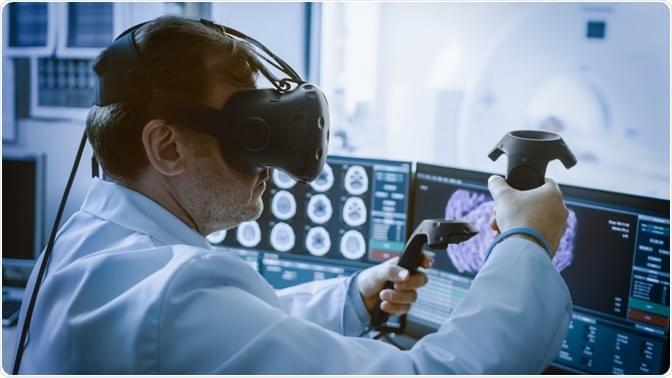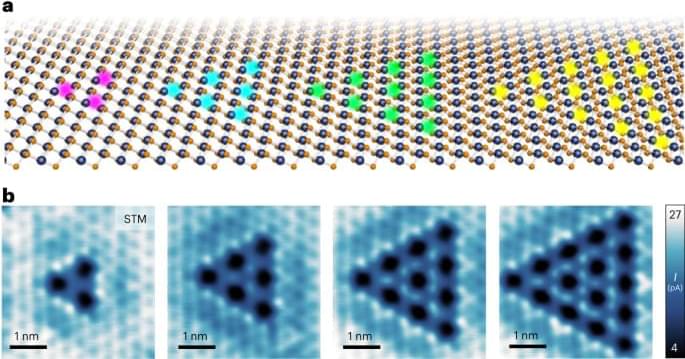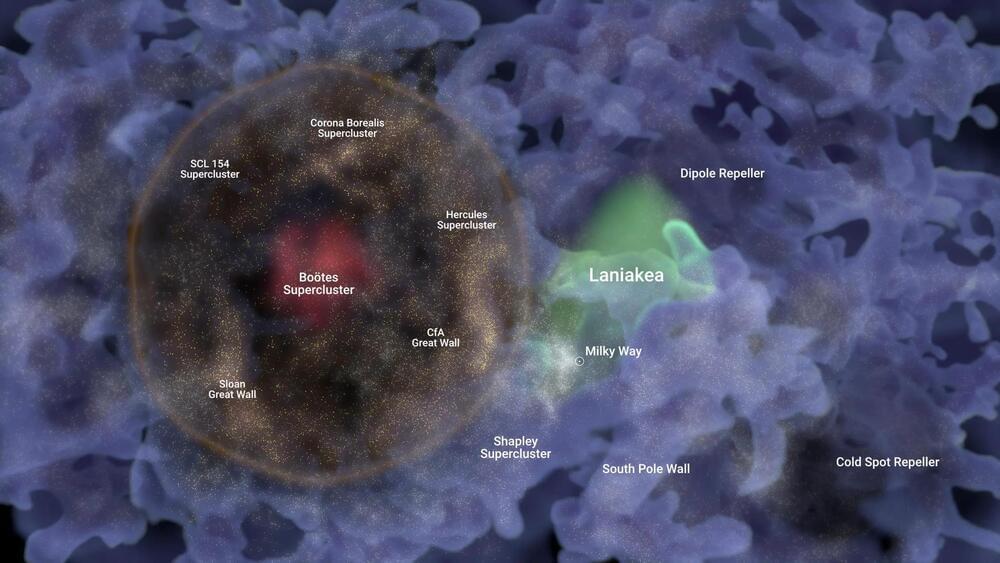The Association for Computing Machinery has just put out the finalists for the Gordon Bell Prize award that will be given out at the SC23 supercomputing conference in Denver, and as you might expect, some of the biggest iron assembled in the world are driving the advanced applications that have their eyes on the prize.
The ACM warns that the final system sizes and final results of the simulations and models run are not yet completed, but we have a look at one of them because the researchers in China’s National Supercomputing Center in Wuxi actually published a paper they will formally released in November ahead of the SC23 conference. That paper, Towards Exascale Computation for Turbomachinery Flows, was run on the “Oceanlite” supercomputing system, which we first wrote about way back in February 2021, that won a Gorden Bell prize in November 2021 for a quantum simulation across 41.9 million cores, and that we speculated the configuration of back in March 2022 when Alibaba Group, Tsinghua University, DAMO Academy, Zhejiang Lab, and Beijing Academy of Artificial Intelligence ran a pretrained machine learning model called BaGuaLu, across more than 37 million cores and 14.5 trillion parameters in the Oceanlite machine.
NASA tossed down a grand challenge nearly a decade ago to do a time-dependent simulation of a complete jet engine, with aerodynamic and heat transfer simulated, and the Wuxi team, with the help of engineering researchers at a number of universities in China, the United States, m and the United Kingdom have picked up the gauntlet. What we found interesting about the paper is that it confirmed many of our speculations about the Oceanlite machine.









